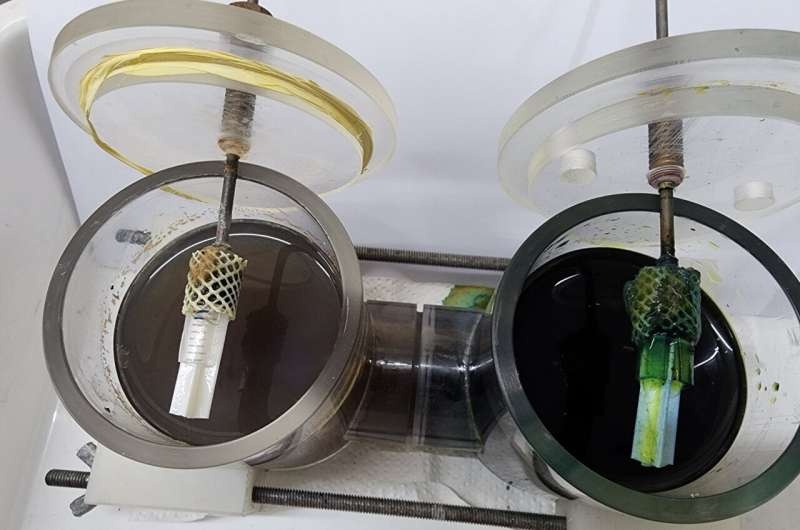Learn how new electrodes are combining wastewater treatment with energy production and creating the future. Check out this fascinating account of microbial fuel cells — and how they could change how we deal with our waste.

Learn how new electrodes are combining wastewater treatment with energy production and creating the future. Check out this fascinating account of microbial fuel cells — and how they could change how we deal with our waste.
Harnessing the Power of Waste
A world where rubbish is no longer a problem, but an experience? Capacitive microbial fuel cells (MFCs) — This is the transformative vision motivating cutting-edge study in the world of capacitive MFCs. Electricity is produced by exposing the metabolic properties of certain microorganisms in wastewater to electrodes within bioreactors; these bio-electrochemical systems are converting simple carbohydrate-rich wastewaters into power.
This advance comes from the creation of a novel electrode material NiO-N-CNF/ACB. They have exceptional characteristics, production of power, and electron transfer capacity because they are synthesised by suspension polymerization. Electron microscopy images of biofilms revealed a typical increase in the number of cells per square millimeter on decreasing electrode spacing, which resulted in higher current production due to greater surface coverage with cells that may maintain proximity to the electron-accepting anode.
The most important thing is the introduction of nickel oxide (NiO) and CNF (carbon nanofibers) in the electrode structure. This synergy enables a fast transfer of electrons from the wastewater to the anode, which enhances power production. Additionally, the biocompatibility of these materials enables them to become part of the natural microbial environment in the wastewater that achieves unity.
Cleaning up and Powering Up
Capacitive MFCs provide more than just power generation benefits. It also helps to solve an environmental problem: wastewater treatment.
The NiO-N-CNF/ACB electrodes exhibited a significant 74% COD removal (the main indicator of organic pollutants in aqueous environments). With that, in these systems are incorporated not only the generation of electricity but also a quality enhancement of the water produced, giving it conditions to be recycled or safely discharged into water bodies.
In general, wastewater treatment plants are energy-intensive processes, but with the incorporation of into capacitive MFCs become a less costly course. In addition to that, the electricity generated by these systems can potentially be used to power the treatment plants as well, which will reduce grid reliance and make the whole process more sustainable.
These electrodes are successful in part because they harbor special bacterial communities. By performing biochemical analysis, researchers also identified some bacteria: Raoultella- ornithinolytica, Serratia marcescens, and Pseudomonas aeruginosa etc., which are critical for accelerating electron transfer and then improving the efficiency of whole system.
Conclusion
Educators and others are waiting with bated breath, as the research is potentially a game changer in how we view waste and energy. When it comes to the environment and energy, this is a sustainable way of solving 2 problems (wastewater treatment and power-generation)!!! The high power generation together with a fast electron-transfer process and successful wastewater treatment demonstrate an environmentally friendly future by exploiting clean energy for the benefit of environmental sustainability. This continued research tweaks and optimizes these technologies, the hope of simply changing how we both control what is around us and how we energize our domain becomes more intriguing.
